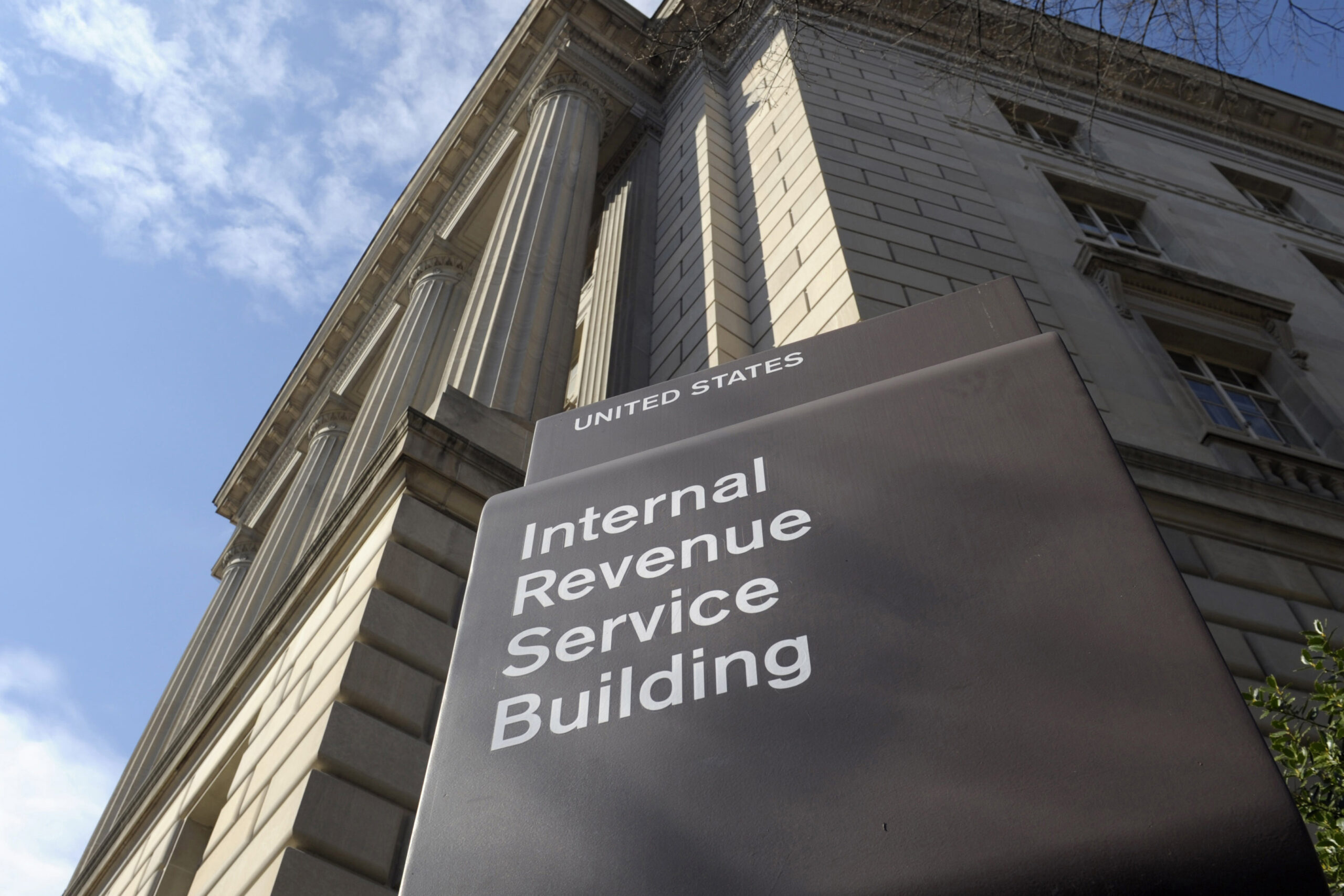Commentary: What About Roberta?
By: dmc-admin//December 21, 2009//
So one of your long-term employees, Bob, comes into your office and tells you that he no longer identifies with the sex assigned to him at birth and that in two weeks he will begin the process of “transitioning” from male to female. He tells you that this process will include modifications to his physical appearance and behavior to conform with his new gender identity. He seeks your support in making his transition, as it may concern his employment, as smooth as possible. What, if anything, does the law require you to do? What will you tell your employees? What if Bob begins to experience harassment in the workplace? Which bathroom will Bob use?
Whether transgender employees are afforded protections under state and federal laws has not always been clear and, in many jurisdictions, is still not clear to this day. According to the National Center for Lesbian Rights, “transgender employees have historically faced nearly unchecked amounts of discrimination [and harassment] in the workplace.”
Title VII, in relevant part, states that:
[I]t shall be an unlawful employment practice for an employer . . . to discriminate against any individual with respect to his compensation, terms, conditions, or privileges of employment because of such individual’s race, color, religion, sex, or national origin. 42 USC § 2000e-2(a).
Notably, there is no mention here of gender identification. Does Title VII simply not cover discrimination based on gender identity, or do such claims fall under sex discrimination in some way?
For decades, federal courts have rejected the idea that transgender employees could maintain a cause of action under anti-discrimination laws. See Ulane v. Eastern Airlines, Inc., 742 F.2d 1081, 1085-86 (7th Cir. 1984) (holding that under Title VII, Congress defines “sex” narrowly and “never considered nor intended that [Title VII] apply to anything other than the traditional concept of sex”); Holloway v. Arthur Andersen & Co., 566 F.2d 659, 661-663 (9th Cir. 1977) (finding that transsexuals who are discriminated against are not afforded protection under Title VII because discrimination against transsexuals is based on “gender” and not “sex,” as required for Title VII coverage).
In 1989, the U.S. Supreme Court, while not directly addressing the issue of transgenderism, turned the page on how we look at sex discrimination under Title VII. In the Supreme Court case of Price Waterhouse v. Hopkins, 490 U.S. 228 (1989), a female employee alleged that she was denied a promotion because she was considered by her superiors to be “macho” and, in many other respects, not in conformity with traditional stereotypes for women. In tackling this issue, the Court noted that “we are beyond the day when an employer could evaluate employees by assuming or insisting that they matched the stereotype associated with their group.” Id., at 250-251. In so noting, the Court held that discrimination based on sex stereotypes about how a man or women should behave was in violation of Title VII’s prohibition against sex discrimination. Id.
From the holding in Price Waterhouse, it naturally follows (and courts have held) that a male employee who comes to work wearing a dress and makeup has a cause of action if his employer takes action against him because of his non-conforming behavior. End of discussion . . . right? Well, since Price Waterhouse, some courts have drawn distinctions between stereotyping based on non-conforming behavior and transgenderism, holding that a person’s status as a transsexual by itself does not invoke Title VII. Other courts have not addressed the issue at all, and it is unclear as to whether they would apply Price Waterhouse’s prohibition against “sex stereotyping” to transgender employees.
Given the lack of a bright line rule of law at the federal level, several states have taken steps to protect transgender employees. Today, twelve states (California, Colorado, Iowa, Illinois, Maine, Minnesota, New Jersey, New Mexico, Oregon, Rhode Island, Vermont, and Washington) and the District of Columbia have laws in place that specifically list gender identification (or some variant of it) as a protected class, thereby affording legal protections to transgender employees. Additionally, nearly 100 counties and municipalities across the country have enacted laws prohibiting disparate treatment against transgender employees. Moreover, some jurisdictions have laws prohibiting discrimination against employees of the basis of sexual orientation, which could arguably (though not necessarily) afford legal protection to transgender employees.
Whether or not you are in a jurisdiction which expressly prohibits discrimination on the basis of gender identification, we recommend that you treat transgender employees as if they are in fact members of a protected class. That is, you take steps to ensure that their experience is fair and no different than that of similarly situated employees not in their protected class. Doing so not only lends itself to a healthy work environment but may also help to shield your company against liability, should a court in your jurisdiction decide (perhaps as a result of a case against you) that transgender employees are protected under anti-discrimination laws.
We suggest you consider the following should “Bob” ever come into your office seeking guidance and support during his “transition” period and beyond.
Anti-Discrimination Policies: Discrimination or harassment on the basis of one’s gender identity should be prohibited. Consider revising your anti-discrimination policies to include an express reference to gender identity. This should help to ensure that employees are sufficiently aware that discrimination and harassment against transgender employees will not be tolerated.
Training: Consider training management on what the law is in your jurisdiction with respect to transgender employees. Management, in turn, should work to ensure that employees are fully aware that discrimination or harassment against others on the basis of their gender identification is strictly prohibited. If the transgender employee is comfortable, management may also want to consider holding a meeting with employees to announce the employee’s intentions and the company’s expectations and to discuss any issues others may have (i.e. restroom use).
Dress Codes: Employers should allow a transgender employee to dress in a manner appropriate (pursuant to the dress code policy) for that employee’s gender identity. Gender neutral dress code policies are ideal, though not required.
Restroom Accessibility: Employees should be allowed to use restrooms that correlate with the employee’s gender identity. Co-workers who are uncomfortable with this should be asked to use another restroom, if another facility is reasonably accessible. If there are privacy concerns, employers should consider (if reasonably feasible) installing larger privacy dividers between urinals and using larger stall doors which go from the floor to the ceiling. Another option may be to install lockable single occupant stalls. Under no circumstances should a transgender employee be required to use the restroom that corresponds to his/her sex assigned at birth.
Some commentators have suggested that that individuals who identify themselves as members of the opposite sex may be perceived as having mental disability which could bring them under the protections of the Americans with Disabilities Act (“ADA”). Following this logic, transgender employees would be entitled to “reasonable accommodations,” which may include separate restroom facilities, changes to any dress code policies and employee sensitivity training.
Names and Pronouns:
Transgender employees should be referred to by the name and pronoun that correlates to their gender identity. Persistently referring to the employee with names and pronouns that do not correspond to his/her gender identity can lend itself to harassment and hostile work environment claims. Employers should consider updating personnel records to reflect the employee’s new name and pronoun.
Privacy Issues: Medical and mental health issues should at all times be kept confidential. Accordingly, information on sex change operations or counseling should not be disclosed.
Warren Buliox is an attorney at Gonzalez Saggio & Harlan LLP, practicing employment law in the Milwaukee office. He can be reached by telephone at 414-277-8500 or via email at [email protected].
Legal News
- A conservative quest to limit diversity programs gains momentum in states
- Wisconsin prison inmate pleads not guilty to killing cellmate
- Waukesha man sentenced to 30 years for Sex Trafficking
- 12-year-old shot in Milwaukee Wednesday with ‘serious injuries’
- Milwaukee man convicted of laundering proceeds of business email compromise fraud schemes
- Giuliani, Meadows among 18 indicted in Arizona fake electors case
- Some State Bar diversity participants walk away from program
- Wisconsin court issues arrest warrant ‘in error’ for Minocqua Brewing owner
- Iranian nationals charged cyber campaign targeting U.S. Companies
- Facing mostly white juries, are Milwaukee County defendants of color truly judged by their peers?
- Milwaukee Mayor speaks in D.C. Tuesday at White House water summit
- Chicago man sentenced to prison after being caught with ‘Trump Gun’
WLJ People
- Power 30 Personal Injury Attorneys – Russell Nicolet
- Power 30 Personal Injury Attorneys – Benjamin Nicolet
- Power 30 Personal Injury Attorneys – Dustin T. Woehl
- Power 30 Personal Injury Attorneys – Katherine Metzger
- Power 30 Personal Injury Attorneys – Joseph Ryan
- Power 30 Personal Injury Attorneys – James M. Ryan
- Power 30 Personal Injury Attorneys – Dana Wachs
- Power 30 Personal Injury Attorneys – Mark L. Thomsen
- Power 30 Personal Injury Attorneys – Matthew Lein
- Power 30 Personal Injury Attorneys – Jeffrey A. Pitman
- Power 30 Personal Injury Attorneys – William Pemberton
- Power 30 Personal Injury Attorneys – Howard S. Sicula











